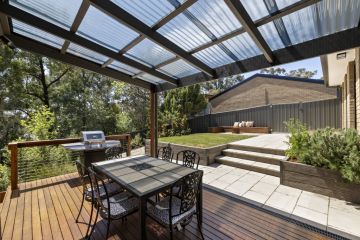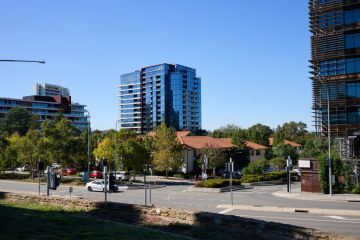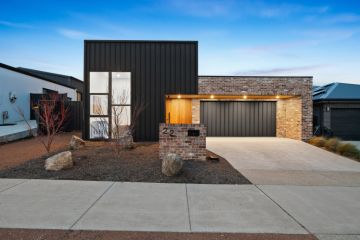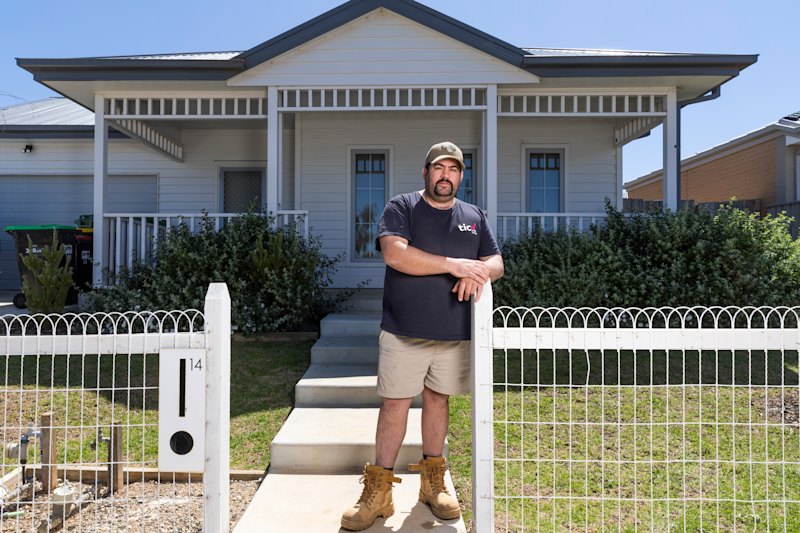Australians taking out personal loans to make their homes greener
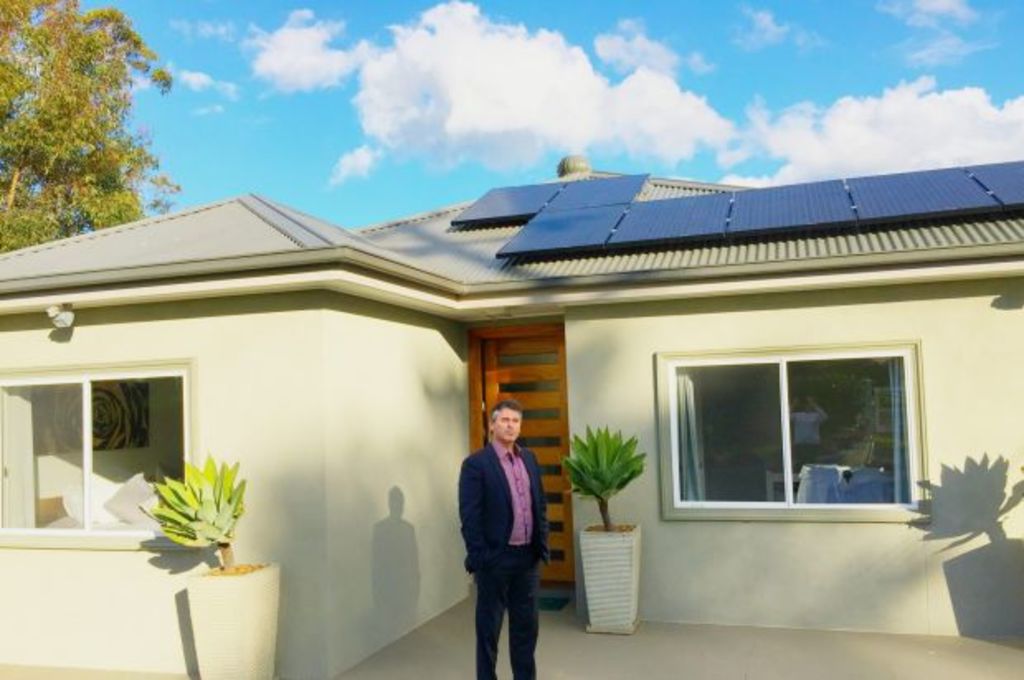
An increasing number of Australians are so intent on cutting their power bills, they’re taking out personal loans of around $13,000 to make their homes more energy efficient.
Data from peer-to-peer lender RateSetter shows almost one in five (18 per cent) of their personal loan customers are fighting back against rising electricity and gas bills by taking out home improvement loans for green renovations. The average loan is $13,320.
RateSetter CEO Daniel Foggo says while it may seem extreme to borrow money to cut back on a bill, the cost of electricity is now so high the loan is actually often cheaper.
“In many cases you’ll have reduced your cash outflow because your power bill will either be significantly reduced or even eradicated,” he says. “And what you’re paying in loan repayments is less than what your bill was.”
The Clean Energy Finance Corporation announced in May that they would invest $20 million to fund “green loans” in a unique partnership with RateSetter, aimed at households and businesses wanting to buy clean energy products like solar panels, batteries or electric vehicles.
RateSetter, established in the UK in 2009, has facilitated nearly 10,000 loans since it was launched in Australia in November 2014.
Roger and Danielle Wheelahan of Arcadia in Sydney’s north-western suburbs have just installed a $9300 solar panel system at their home and say the cost of their loan will be cheaper than what they were paying in electricity.
“I’m going to be saving money straight away. What I save on my electricity bill will be more than what the loan costs,” Mr Wheelahan says.
Mr Wheelahan, who works in finance, says he was able to purchase a top-of-the-range solar system with micro inverters that run independently of each other.
- Related: Tent house wins architecture award
- Related: Building with a three-metre frontage
- Related: Off-the-grid bush huts with solar
“Taking out a loan for it was something I hadn’t considered but it made sense once the idea was presented to me by the solar company I went through,” he says.
“Based on today’s electricity rates, it’ll be about five years before the system is paying for itself, but when you factor in that power costs will keep going up, it’s more likely to be paying for itself in three years.”
RateSetter’s data shows that among all renovators, 89 per cent see the use of energy efficient and environmentally friendly options as important or somewhat important to their project, selecting options such as energy efficient lighting, alternative power sources and low toxicity products in their renovation.
About 41 per cent of home improvement borrowers indicated they would make additional green changes to their home over the next 12 months. Batteries and solar panels, energy efficient lighting and solar water heaters were the most popular modifications being considered by homeowners.
Mr Foggo says a personal loan is a cheaper way of getting your home greener, sooner.
“Personal loans can be a very cost-effective way of financing renovations. A personal loan rate of around 8 per cent on a $10,000 loan can be considerably less expensive than using a credit card or extending your mortgage and repaying over 10 to 15 years,” he says.
We thought you might like
States
Capital Cities
Capital Cities - Rentals
Popular Areas
Allhomes
More

